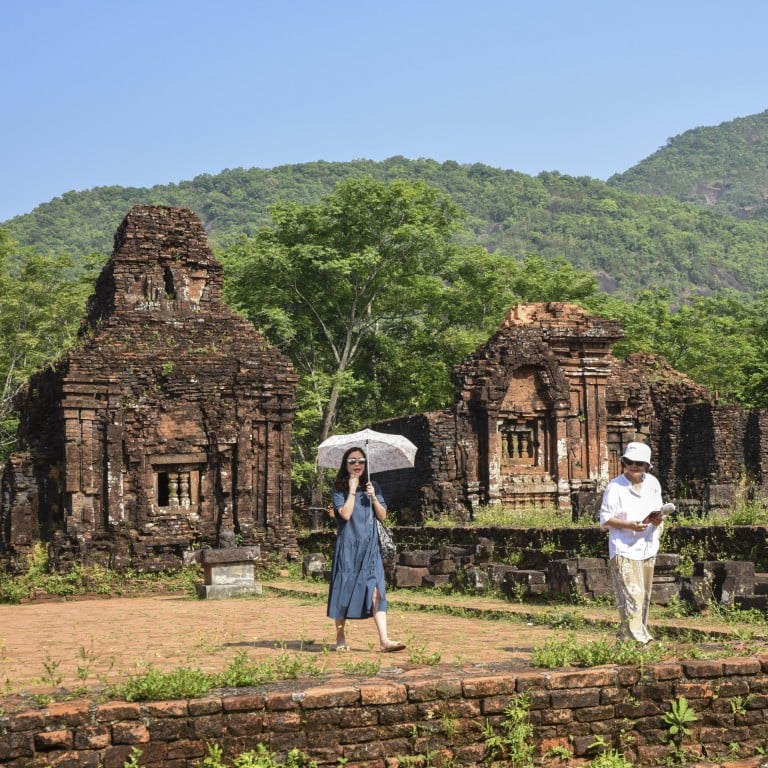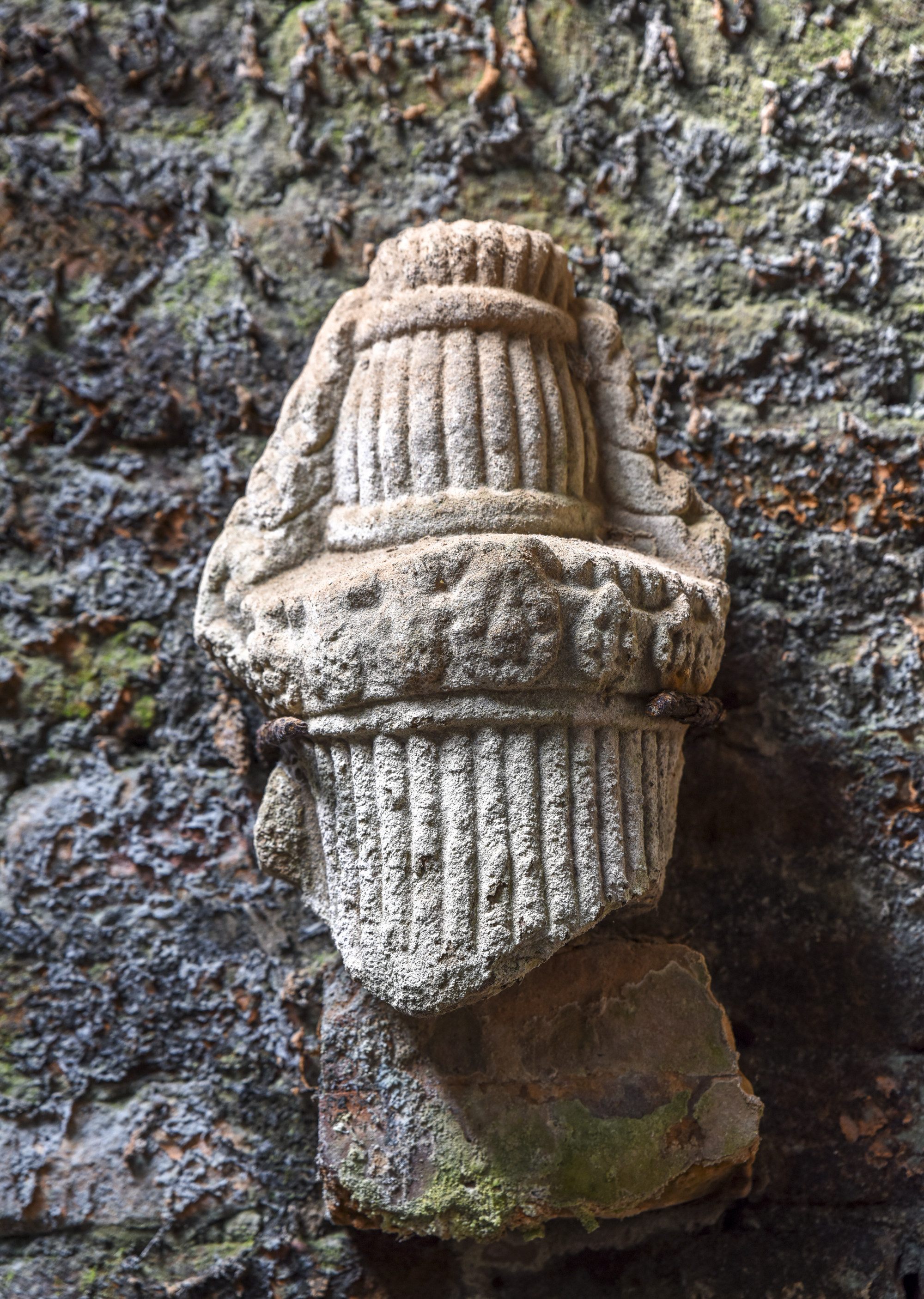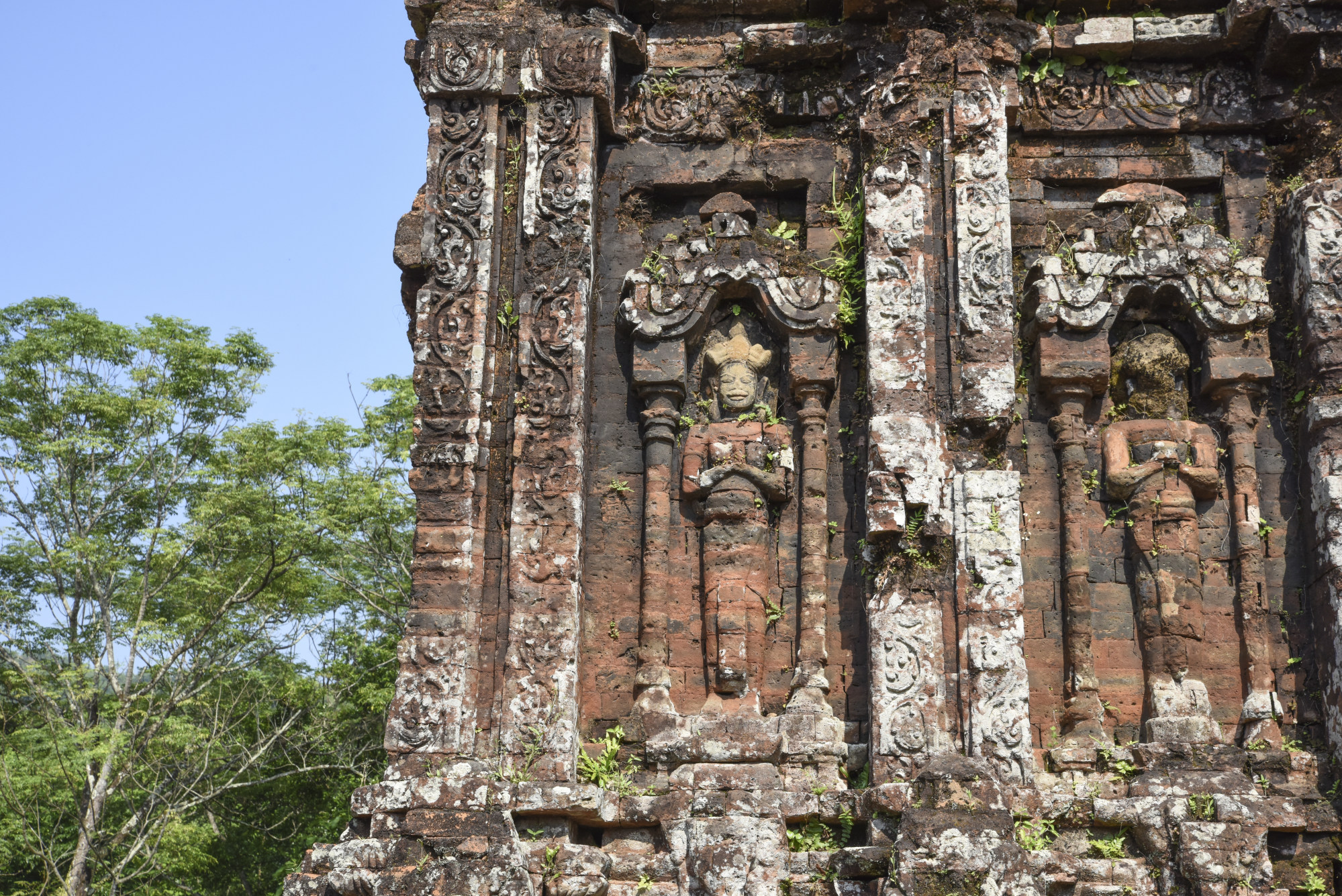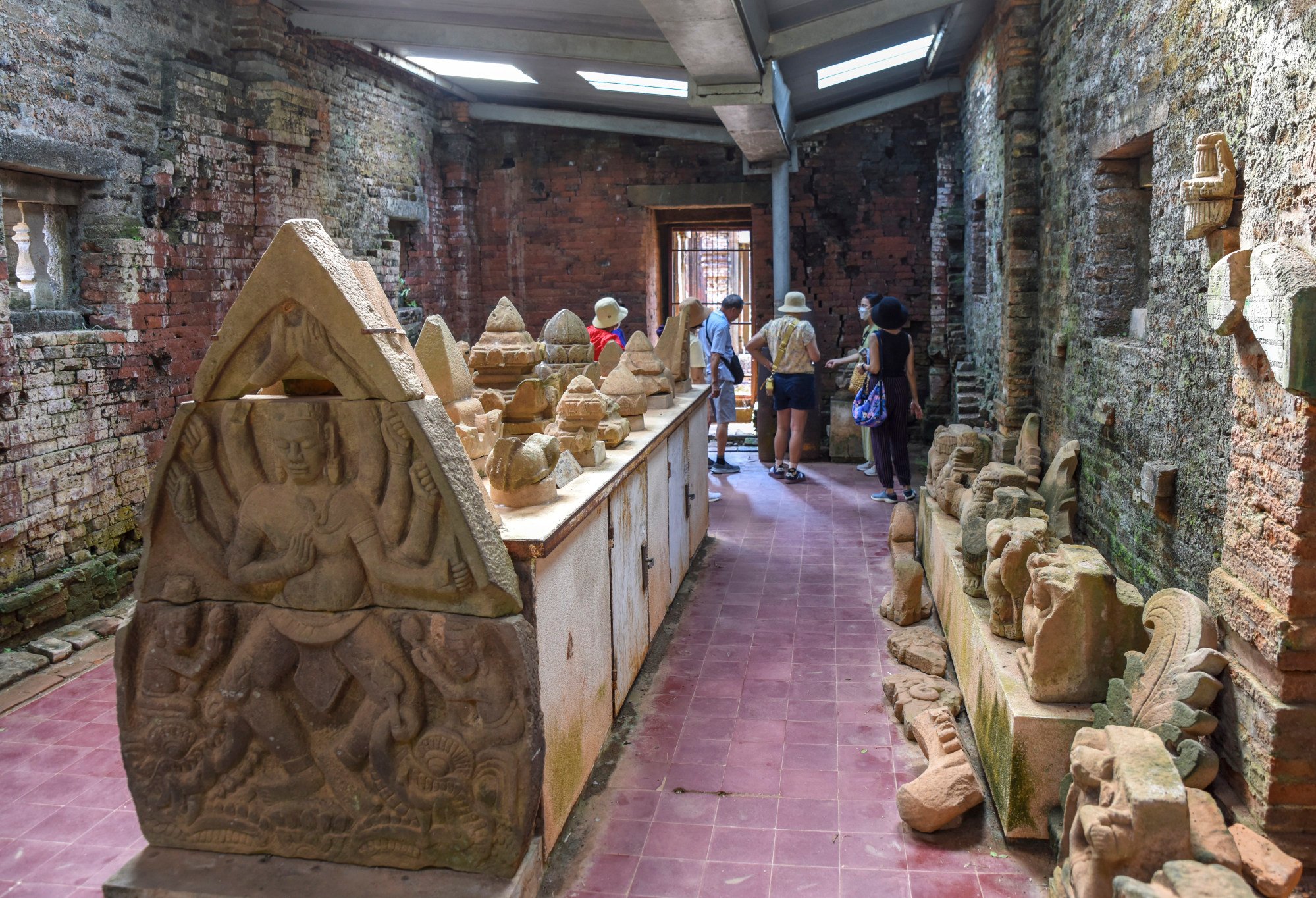Kuru
SENIOR MEMBER

- Joined
- Jul 8, 2017
- Messages
- 2,880
- Reaction score
- -18
- Country
- Location

LifestyleTravel & Leisure
Vietnam’s answer to Angkor Wat is a less grand but newly restored ancient Hindu temple complex near Hoi An that was seat of the Champa kingdom
- My Son, a cluster of towers in what was the seat of the Champa empire, has been spruced up, its crumbling towers fortified and intricate Hindu carvings cleaned
- Authorities hope visitors to nearby tourist hub Hoi An will also be drawn to the Unesco World Heritage site, with English tours and audio guides available
Asia travel
+ FOLLOW

Ronan O'Connell
Published: 4:15pm, 28 Sep, 2023
At the foot of a steep peak, red-brick temple towers stand out from their jungle setting. These lofty structures, some embellished with bas-relief images depicting Hindu legends, are among more than 70 monuments that embody a fallen empire.
They have been newly spruced up as part of a multi-year restoration project.
About 1,700 years ago, the Champa kingdom chose this site, in what is now Central Vietnam, for its imposing headquarters. The My Son Sanctuary was the political and religious capital of the Champa from the 4th to 13th centuries.
This empire controlled a swathe of what is now Vietnam, having been established in the late 2nd century by the Dua clan, which united an array of Cham clans.

One of the sculptures atthe My Son Sanctuary, which was the political and religious capital of the Champa kingdom from the 4th to the 13th centuries. Photo: Ronan O’Connell
Although Champa became heavily influenced by Buddhism, its state religion was Hinduism, which explains the epic mythological scenes carved into structures at My Son, which has towers dedicated to Indian deities Vishnu, Krishna and Shiva.
Tourists flock to the photogenic coastal city of Hoi An, but Vietnamese authorities now hope some of them will be drawn 25km (16 miles) inland, to My Son, thanks to the recently completed restoration.

Surviving stonework at the My Son Sanctuary. Photo: Ronan O’Connell
The six-year project was carried out jointly by the Vietnamese authorities and the Archaeological Survey of India, a heritage body with vast experience in maintaining and rehabilitating ancient architecture.
My Son’s grounds were cleared of overgrowth and debris, and its crumbling towers were fortified and beautified.
Cracks in the towers’ facades have been filled with mortar, broken bricks replaced and jagged edges smoothed. Weeds and stains were removed from the complex’s intricate carvings to reveal their full glory.

Some of the red-brick structures at the My Son Sanctuary are adorned with intricate carvings depicting Hindu legends. Photo: Ronan O’Connell
The clean-up also unearthed hundreds of Champa artefacts, including altars and sculptures, some of which are now on display 40km away, at the Da Nang Museum of Cham Sculpture, which is housed in a pale yellow French colonial building on the western bank of the Han river.
It may not be as grand, but My Son – recognised as a World Heritage site by Unesco in 1999 – is the Vietnamese equivalent of Cambodia’s 12th century temples of Angkor Wat, and of Sukhothai, a former capital of the kingdom of Siam in modern-day Thailand.
“The restoration has made three new tower groups accessible to tourists, including the largest temple group A, and uncovered hundreds of artefacts,” says Tram Bui, a spokesman for Visit Quang Nam, the local government tourism body.
“These discoveries offer travellers unique insights into the Champa kingdom’s religious and cultural practices, as well as their stunning architecture,” Bui adds.
The restoration has already prompted a significant increase in visitors to the site, according to Le Cong Hoang, owner of Vietnam Explore, which offers six-hour tours of My Son with English-speaking guides.

Visitors look at artefacts at the My Son Sanctuary. The restoration has already led to an uptick in visitors to the historical site, according to a tour guide operator. Photo: Ronan O’Connell
“[Following the restoration] tourists can spend longer exploring and understanding this attraction better,” he says. My Son tours can be supplemented by watching a Cham-style Apsara dance performance or taking a boat trip on the Thu Bon River, which flows from near My Son to Hoi An.
In July, the tourism experience at My Son was enhanced by the launch of an app that gives visitors access to audio guides – in English, French, Korean and Vietnamese – that explain the restoration, and the architecture and history of the complex.
Also recently launched is My Son Metaverse, a website that offers 360-degree images and videos of its key monuments.

Vietnam’s answer to Angkor Wat, ancient Hindu temples near Hoi An, restored
Remnants of a long-ago empire, towers carved with scenes from Hindu myths at the Unesco World Heritage site of My Son in Central Vietnam have emerged from a 6-year restoration.


